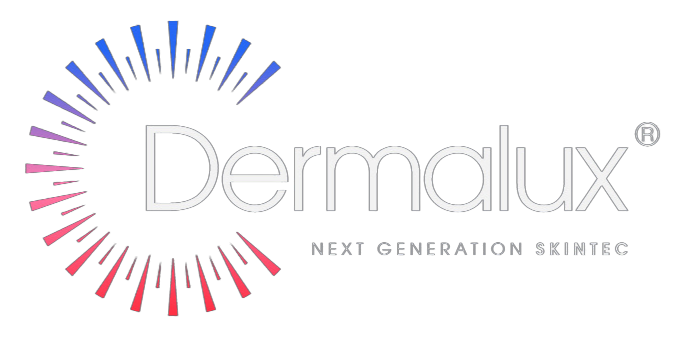
Light-Emitting Diodes (LED) have been granted hundreds of different jobs and uses in society, from simple improvement of electronic displays on jumbo-sized TVs and lighting, to nurturing the health and wellbeing of your skin. An LED is a light source that emits infrared light (and heat) when activated, and is often administered via single light units or formation of panels that are directed at the skin from as little as a few inches away.
LED at NASA.
LED is a technology that was first utilised by NASA for muscle regeneration and to speed up the healing of wounds as well as relieving discomfort associated with cancer treatments in the early 2000s. But now, it has opened its doors to thousands of more uses. Now surprisingly so, LED – not to be mixed with laser treatments – has been found to have numerous additional, and painless, benefits when different wavelengths of infrared light are exposed to skin. And the big players in the skincare industry have been paying attention.
LED as a Skin Treatment.
Light-emitting diodes are now an increasingly popular additive in the treatment of skin conditions, such as sun damage, and are universally loved due to the treatment being non-invasive and no machine-to-skin contact with the light panels. A combination of these light wavelengths are reported to stimulate collagen synthesis and accelerate fibroblast-myofibroblast transformations that display a composite rejuvenating effect.
LED phototherapy essentially encompasses the application of beneficial light to our skin to stimulate various cellular processes to produce a therapeutic effect, including the appearance of more radiant, rejuvenated and healthier-looking skin.
Biologists recognised, when near-infrared light from LED, that cells exposed grew 150 to 200% faster than cells not stimulated by this light, working to increase energy inside these cells that speed up the healing processes. If this was effective enough for plants grown on the Space Station, why not skin?
Based on this principle that living cells have the ability to absorb, and can be influenced, by light, beneficial light energy from the visible and infrared spectrum work to energise cellular functions, build collagen levels in quantifiable percentages and eventually show a therapeutic result on the skin’s surface.
Benefits of LED on the Skin.
LED lights will not photosensitise the skin and are deemed not carcinogenic. Treatments are pain free, calming and extremely beneficial to the skin.
While we often associate light exposure with negative effects such as skin ageing and damage, LED light also has many positive influences on the body. It helps us produce vitamin D and provides energy and serotonin to the body. It can also accelerate tissue healing. The skin has the ability to absorb light and convert it into energy, meaning it stimulates a higher cell turnover rate, leading to heightened physical results
The differences between positive and negative effects of light are the amount and the parts of the light spectrum we are exposed to. Whilst ongoing exposure to UV is very damaging and bad for your skin over the long term, controlled levels of Red, Blue and Near-Infrared light are clinically proven to be beneficial.
Studies have shown that around 90% of light therapy users report an improved skin tone, and enhanced smoothness of the skin in the treatment area.
Dermalux uses evidence-based wavelengths delivered at a skin-enhancing intensity and dose to activate cellular renewal and repair, fuel the manufacture of collagen and elastin, reduce inflammation and destroy acne causing bacteria.

